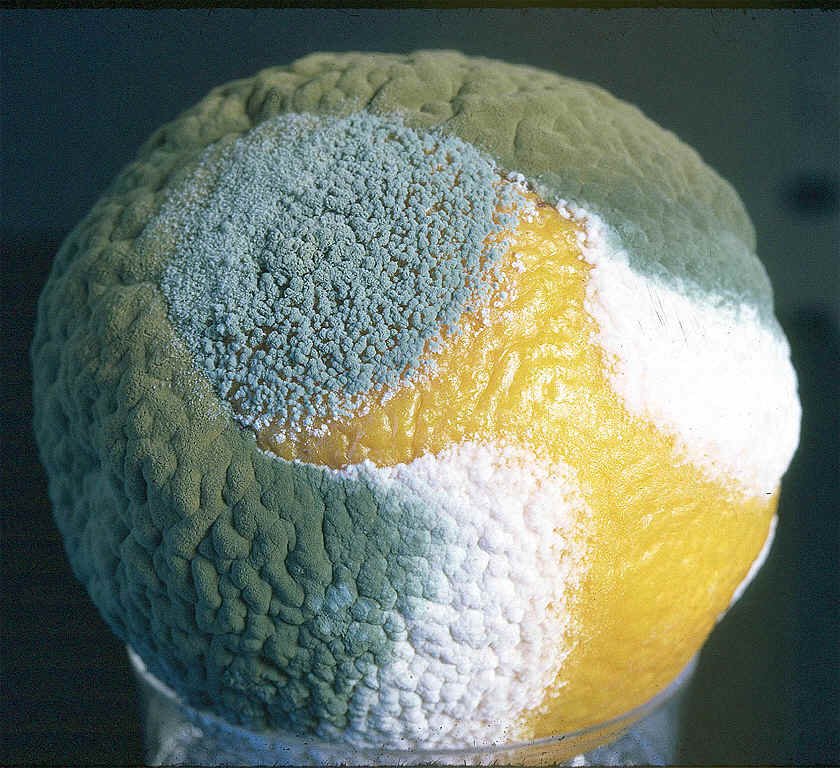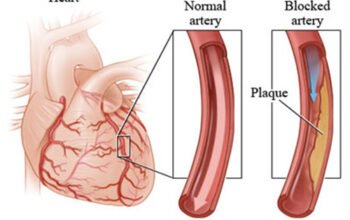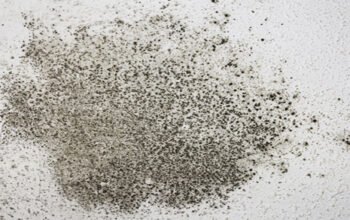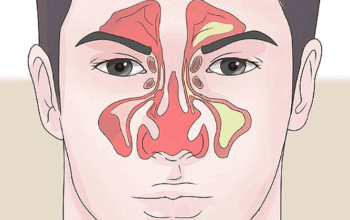Penicillin, a groundbreaking antibiotic discovered by Alexander Fleming in 1928, revolutionized modern medicine by providing an effective treatment against numerous bacterial infections. What was once a rare medical breakthrough has become a cornerstone of global healthcare, saving millions of lives since its introduction.
Understanding Penicillin and Its Origins
Penicillin is a powerful antibiotic produced naturally by certain types of mold, specifically the Penicillium genus. These microscopic fungi create a compound that can inhibit or destroy harmful bacteria, making them a crucial source of natural medicine. The Penicillium chrysogenum species, in particular, is renowned for its robust antibiotic production capabilities.
The Science Behind Penicillin Production
At its core, penicillin production is a complex microbiological process that requires precise conditions and careful technique. The mold produces the antibiotic as a defense mechanism against competing bacteria, essentially creating a chemical weapon to protect its own territory.
Key Requirements for Penicillin Cultivation
- Sterile environment
- Precise temperature control
- Appropriate nutrient media
- Controlled humidity
- Specialized laboratory equipment
Setting Up a Home Laboratory
Creating a suitable environment for penicillin production demands meticulous preparation. Essential equipment includes:
- Autoclave for sterilization
- Laminar flow hood
- Incubator
- Sterile Petri dishes
- Agar plates
- Protective personal equipment
Critical Safety Considerations
While the concept of home antibiotic production might seem intriguing, it’s crucial to understand the significant risks and legal implications. Producing antibiotics without professional training and certification can be extremely dangerous and potentially illegal in many jurisdictions.
Potential Risks Include:
- Contamination of cultures
- Ineffective antibiotic production
- Potential health hazards
- Legal prosecution
Extraction and Purification Process
The extraction of penicillin from Penicillium mold involves sophisticated techniques that require advanced microbiological knowledge. Professional pharmaceutical laboratories use complex processes like fermentation, filtration, and chemical extraction to isolate and purify the antibiotic compound.
Ethical and Medical Considerations
Even if successful in cultivating penicillin, home-produced antibiotics should never replace professionally manufactured medications. Improper use can contribute to antibiotic resistance, a growing global health concern that threatens the effectiveness of existing antibiotics.
Professional Recommendation
Medical professionals universally advise against attempting to produce antibiotics at home. The risks far outweigh any potential benefits, and individuals experiencing bacterial infections should always consult healthcare providers for proper diagnosis and treatment.
Alternatives to Consider
- Consulting medical professionals
- Using prescribed antibiotics
- Exploring natural immune-boosting strategies
- Maintaining good personal hygiene
Conclusion
While the science behind penicillin production is fascinating, home antibiotic manufacturing is not a viable or safe option. The complex process requires extensive training, specialized equipment, and strict regulatory oversight. Respect for medical science and personal safety should always be paramount when considering such endeavors.






